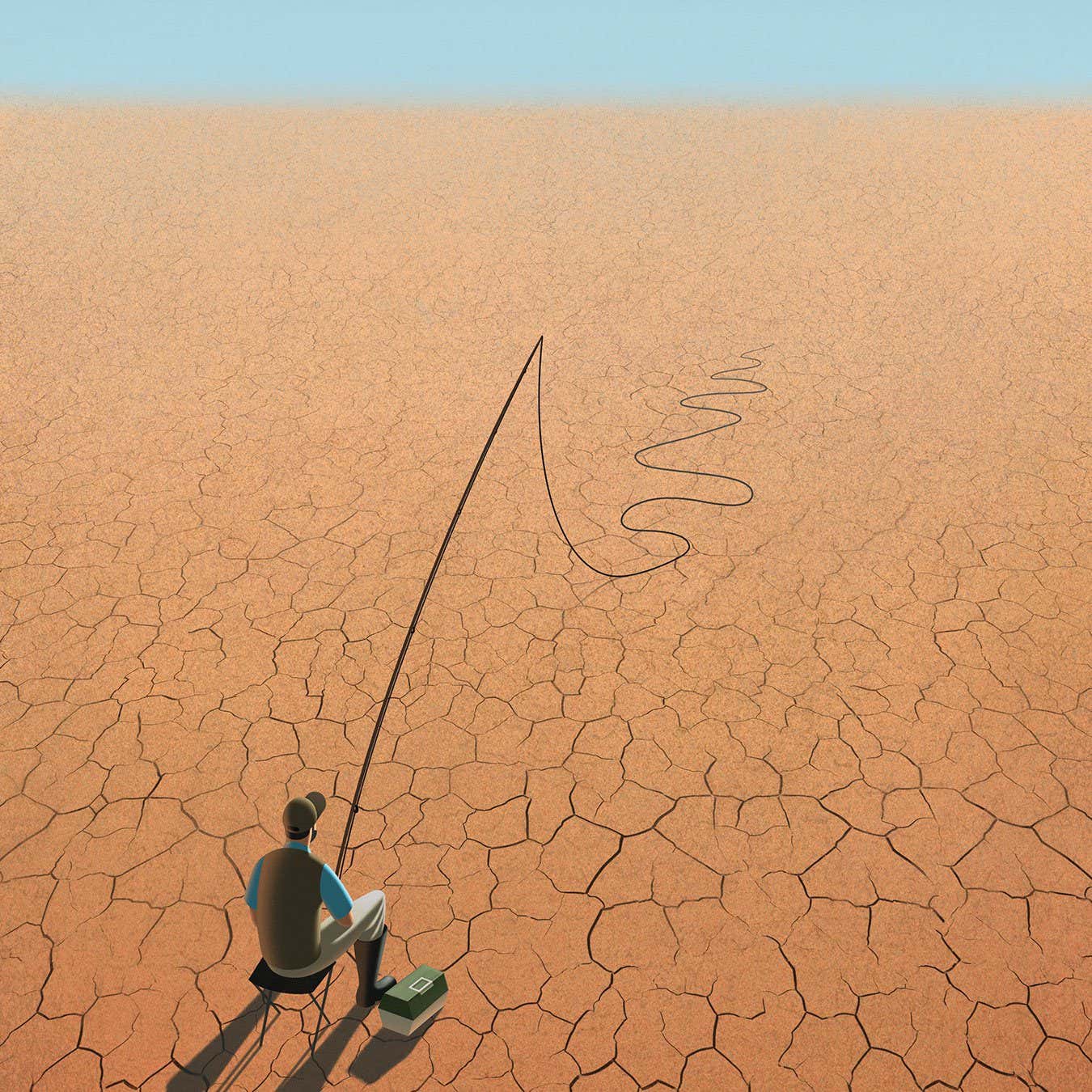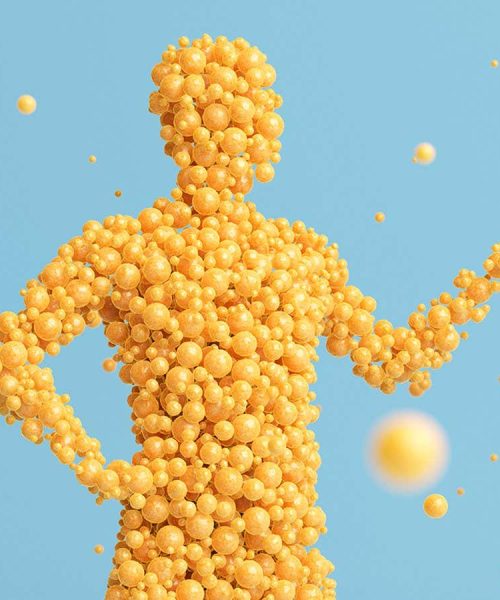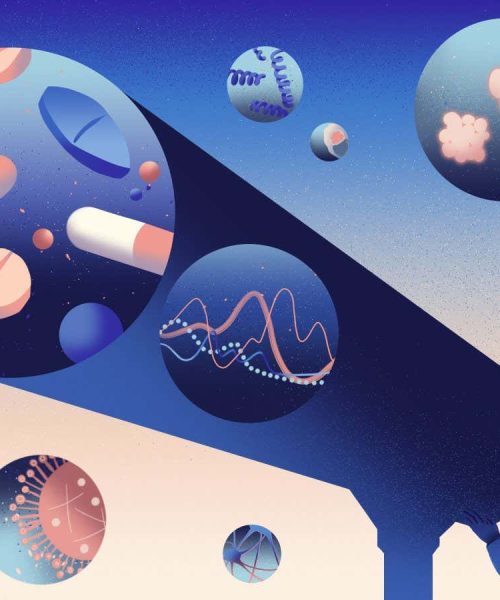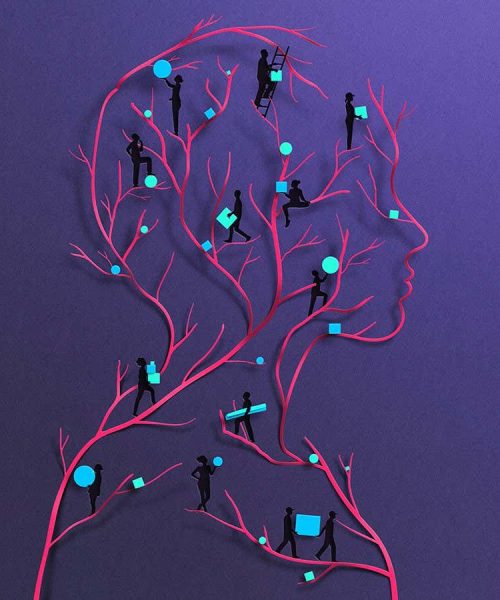
Jon Krause
It is hard to tell if a chicken is an optimist. After all, you can’t ask it if a glass of water is half full or half empty. But you can repeatedly show it a white card in front of a bowl of tasty mealworms and a black card in front of an empty bowl. Once a chick has learned to reliably choose the white card, you show it a grey card. Chicks that head immediately for this card apparently surmise that it is more white than black, and thus probably contains food – the equivalent of deeming a glass half full. On this basis, most chickens do indeed turn out to be “optimistic”.
You can test optimism-like behaviour in many animals – and even fine-tune it. European starlings become more “optimistic” if they can take a bath whenever they want. Bottlenose dolphins show more optimistic behaviour if they have been swimming in synchrony with each other. Bumblebees make more optimistic choices after being given an unexpected sweet treat.
These findings might seem eccentric, but the fact that optimism, of a sort, appears in such a wide range of animals suggests that a positive outlook might be important in our own lives – and that it is deeply connected to our well-being. In recent years, these and other insights into how a glass-half-full way of thinking can affect our health have begun to help us distinguish different types of optimism. This, in turn, has allowed us to identify types that are good for us, and…





